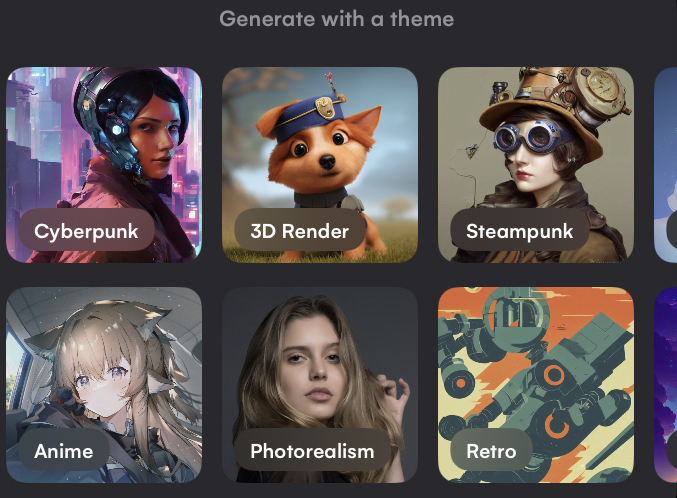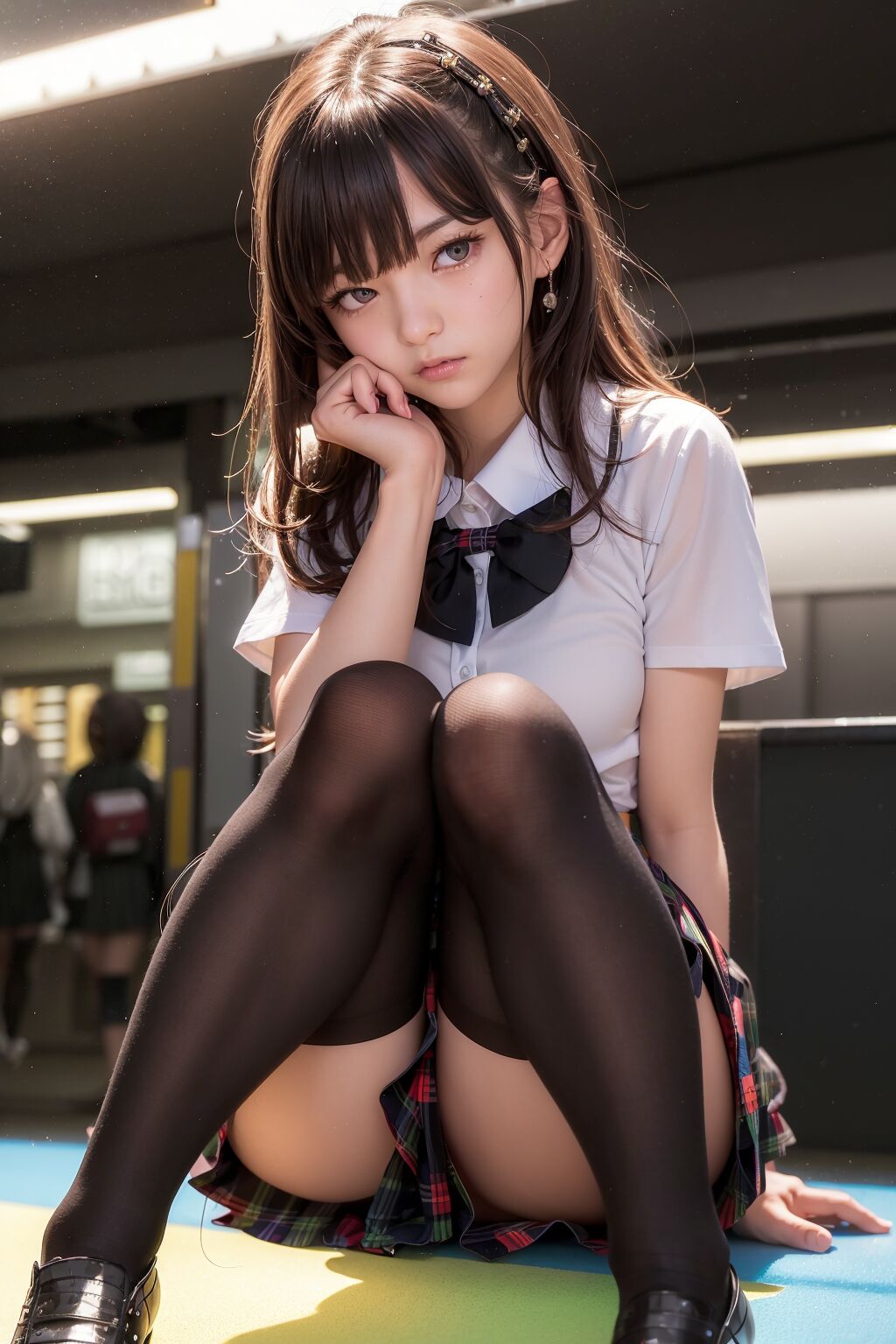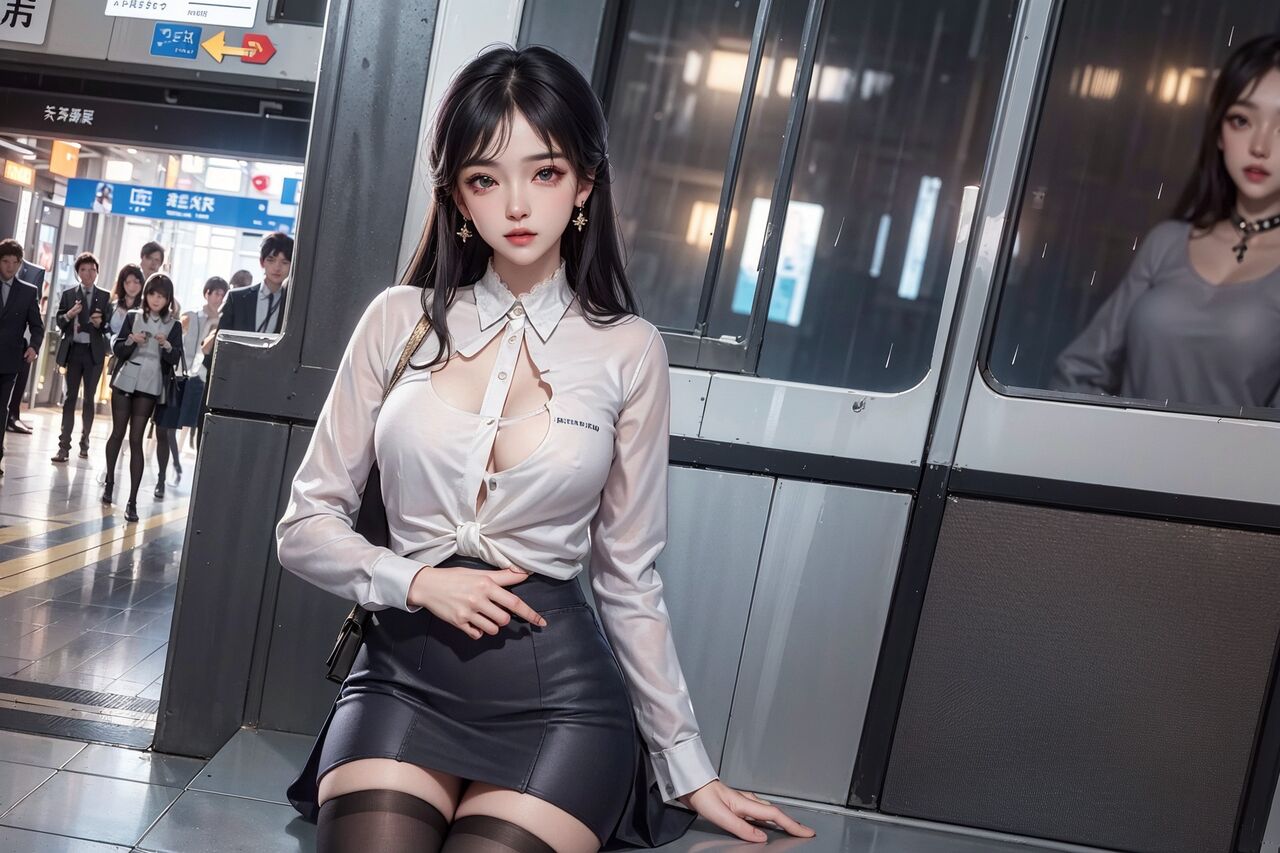AI-generated artwork can take many different forms, such as images, videos, music, and even poetry, and is often created using deep learning models and generative adversarial networks (GANs). This article focuses on images only.
How does it work?
AI-generated images work by using generative models, such as generative adversarial networks (GANs) or variational autoencoders (VAEs), to learn patterns and relationships in a large dataset of images. These models are trained on a large corpus of data, such as photographs or drawings, and learn to generate new images that are similar in style and content to the training data.
Here is a simplified explanation of how AI-generated images work:
Training data: The AI model is trained on a large dataset of images, such as photographs or drawings. The model analyzes the images and learns patterns and relationships between pixels, colors, and shapes.
Model architecture: The AI model uses a generative model, such as a GAN or a VAE, to generate new images based on the patterns and relationships learned from the training data.
Latent space: The generative model uses a latent space, which is a mathematical representation of the patterns and relationships learned from the training data. The model can generate new images by sampling from this latent space.
Sampling: Given a sample from the latent space, the generative model generates a new image that is similar in style and content to the training data.
Fine-tuning: Depending on the application, the AI model may be fine-tuned on a specific task or domain, such as generating images of faces or landscapes, to improve its accuracy and performance.
Benefits of using it
Efficiency: AI-generated images can be created quickly and efficiently, without the need for human artists to create each image manually. This can save time and resources, particularly in industries such as advertising, where large quantities of images may be required.
Uniqueness: they can be highly original and unique, as the generative models used to create them can produce images that are not possible for humans to create on their own. This can be particularly useful in industries such as fashion and design, where uniqueness and creativity are valued.

Customizability: AI-generated images can be easily customized to meet specific requirements or preferences. For example, an AI model can be trained to generate images with specific colors, styles, or content, making it easier to create images that meet specific needs or match a particular brand or aesthetic.
Scalability: AI artworks can be easily scaled up or down, depending on the requirements of the project. For example, an AI model can be used to generate thousands of images for a marketing campaign, without the need for additional resources or manpower.

- Consistency: those images can be highly consistent in terms of style and content, which can be particularly useful in industries such as branding and advertising, where consistency is important for building a strong brand identity.
Controversy of AI Arts
- Authenticity: Some critics argue that AI-generated artwork lacks the authenticity and personal expression that is often associated with traditional forms of art. They argue that art should be created by human artists, who bring their own unique perspectives and experiences to their work.
Uniqueness and creativity: While AI-generated artwork can be highly original and unique, some critics argue that it lacks the creativity and intuition that is often associated with traditional forms of art. They argue that AI is limited to the patterns and relationships that it learns from data, and may not be able to create art that goes beyond these patterns.
Ownership and copyright: There are questions about the ownership and copyright of AI-generated artwork. Who owns the rights to the artwork - the human creator of the AI model, the AI model itself, or the data used to train the model? This is a complex legal issue that has yet to be fully resolved.

Potential for misuse: There are concerns around the potential misuse of AI-generated artwork, such as the creation of deepfakes or the spread of propaganda. AI-generated artwork could be used to create misleading or harmful content, and there are questions about how to regulate and prevent such uses.
Impact on traditional art: The rise of AI-generated artwork has sparked concerns about the impact on traditional forms of art, such as painting, sculpture, and drawing. Some critics argue that AI-generated artwork could lead to a devaluation of these traditional forms of art, or even render them obsolete.
Overall
while AI-generated artwork has many potential benefits, it is important to acknowledge and address these controversies and concerns in order to ensure that AI-generated artwork is used in responsible and ethical ways.
